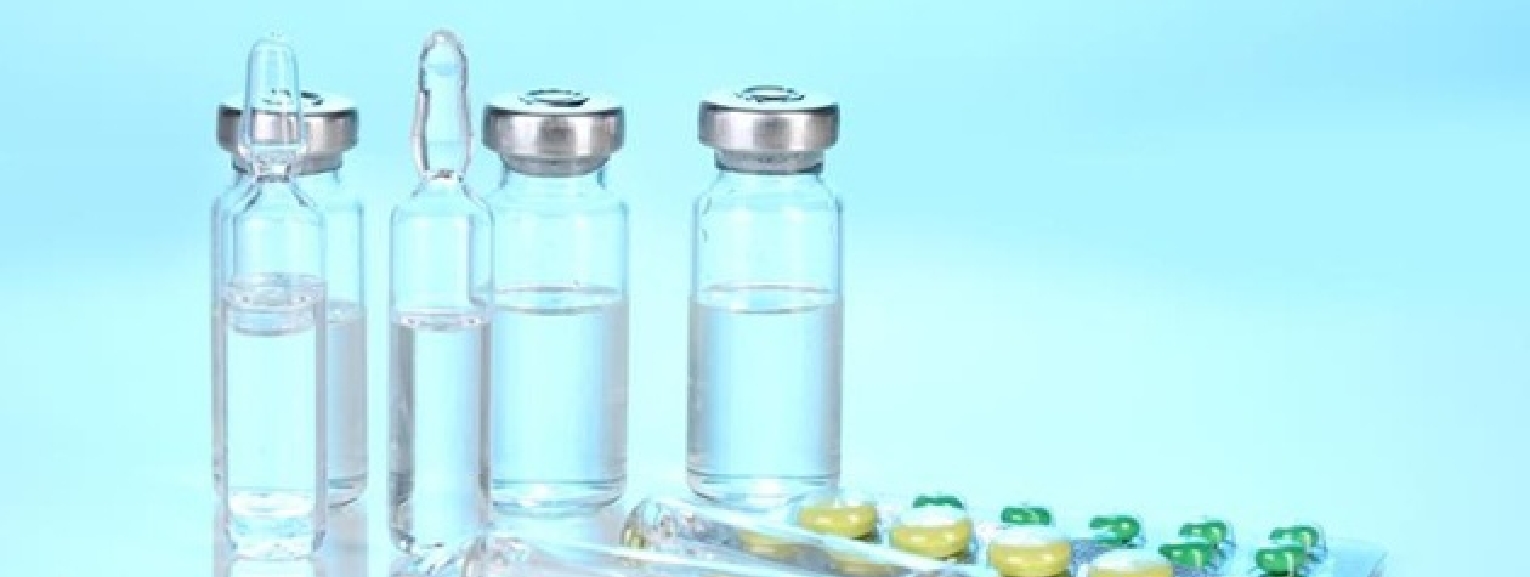
search

All too often the planning process for clinical supplies begins after the clinical program is set in stone and the clock is ticking. It is not uncommon to have less than 30 days from first discussions to having a requirement for supplies to be at clinic. For this reason many providers can now offer off the shelf solutions using current equipment and technology. While this may be considered acceptable, the consequences of such decisions are often costly not only financially but also because a complex chain of events has initiated that will ultimately prove challenging to undo.
Of primary concern in respect to packaging materials used in early phase development is the need to protect the product both physically and chemically from the external environment. The CMC and R&D teams commonly opt for a "belt and braces" approach, selecting a tried and tested high performance barrier material that they feel will give the best chance of achieving the quick win of generating shelf life justifying data. While many would argue that taking this approach gives the best chance of success, some would take the more considered position of looking forward to the end goal which is success in clinic or ultimately marketing authorisations.
In our business we are frequently given what has been done before and asked to make it suitable for what is to come next. For this reason care must be exercised when taking decisions that will impact the future supply chain.
Today we see many case studies where poor pack or kit design has led to compliance failures in clinical studies. We are also fully aware of the need to handle our IMPs as the precious commodities they are the days of putting three figure percentages of overage into a study "just to be on the safe side" are long gone and optimisation of supply is now a prerequisite.
Proper planning from the start is key for the clinical supplies design teams. The advantages from the financial perspective can be fairly evident but the gains from having time to plan, design, and implement support functions for clinical supplies may not be so obvious. The benefit of talking with clinical supply teams early cannot be overstated especially when that team is both forward and backward integrated into the formulation development and commercial launch teams. Their input on label and packaging design can be incorporated into the initial protocol design without going through several version changes if the protocol team's proposals can't be accomplished. The improvements that can be gained in a very short space of time can ensure your pack provides adequate physical and chemical protection to your product while being commercially viable to allow quick transition when moving to the next phase of the development lifecycle.
In the next part of this series of blogs we will continue to explore the importance of optimised primary packaging in the development of a robust clinical supply chain.
